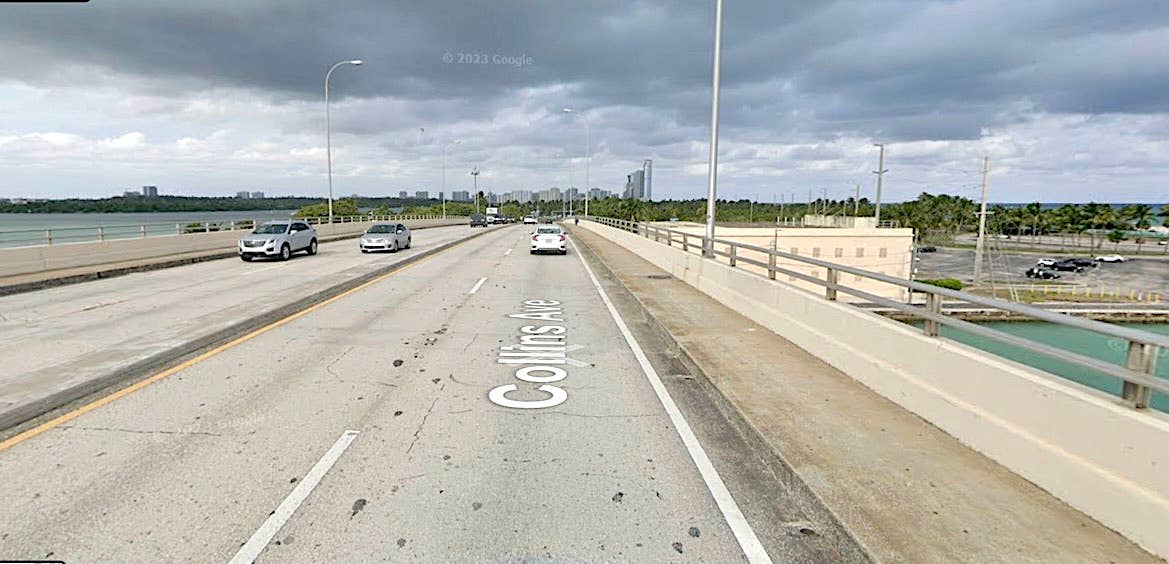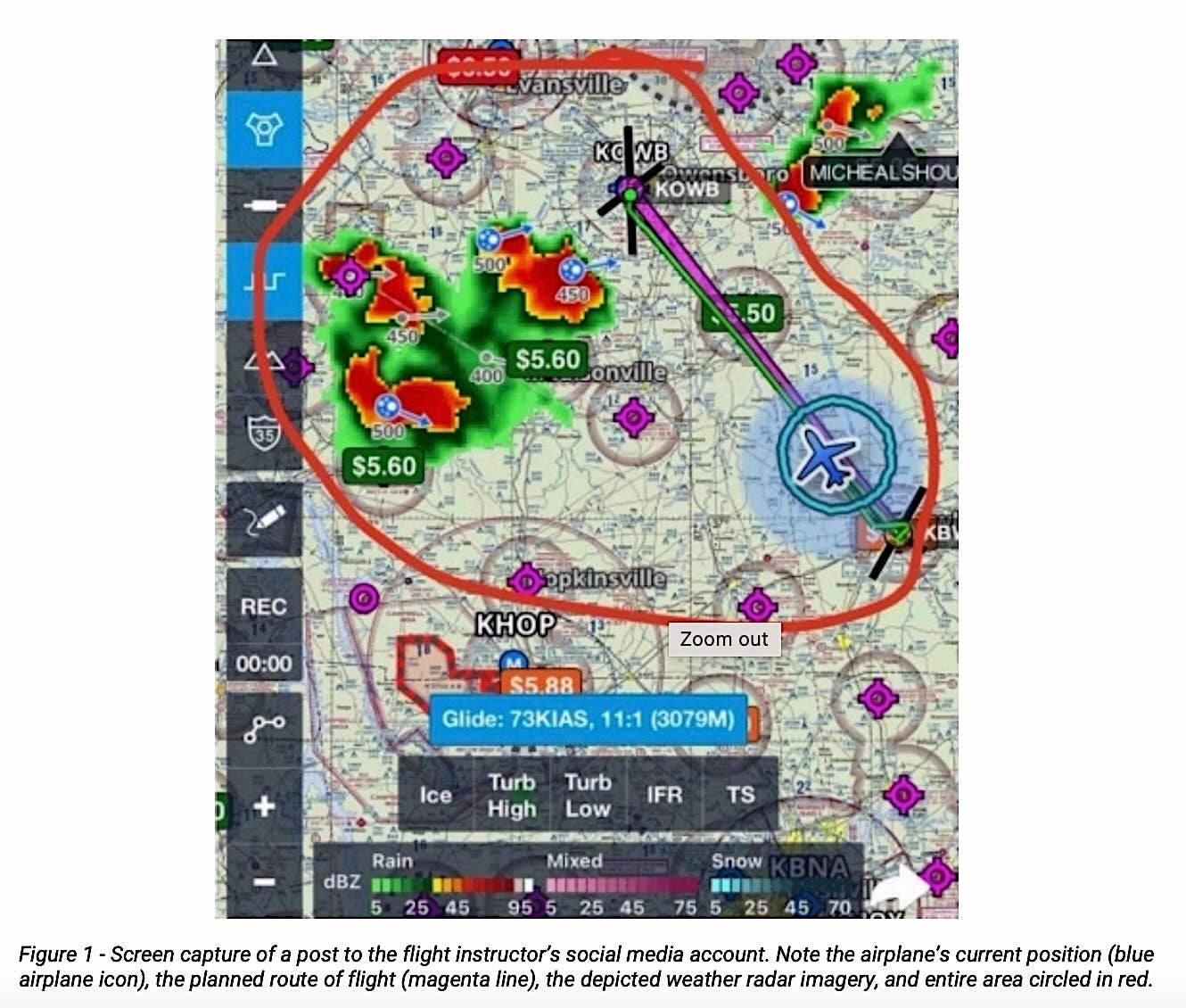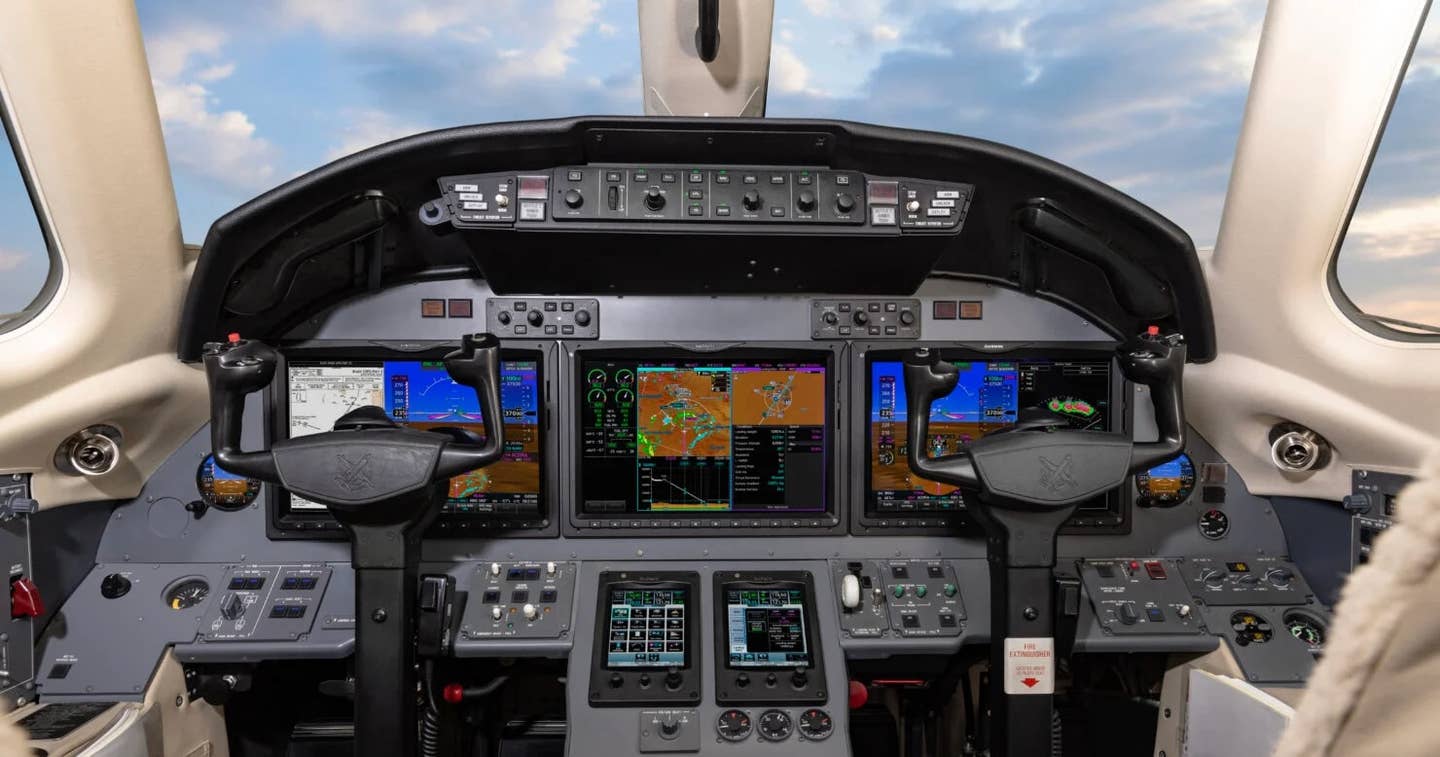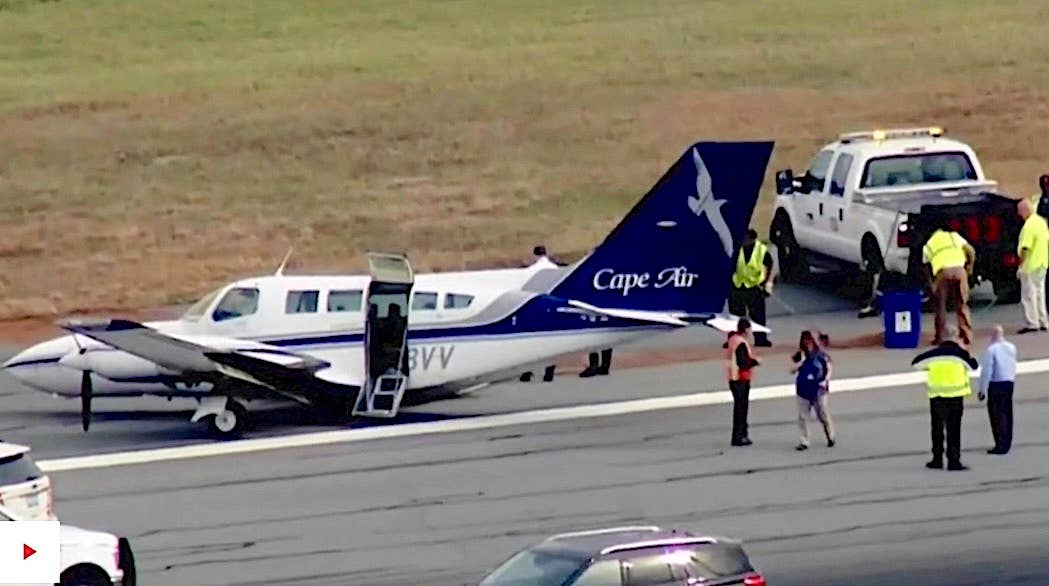2022 Miami Bridge Crash Report Reveals Unlikely Probable Cause
In a tragic case that demonstrates that carburetor icing is not limited to cold-weather or high-altitude operations, the National Transportation Safety Board’s (NTSB’s) final report on the May 14, 2022…

With a passenger who could not swim, the Herman B. Fultz Bridge in Miami appeared to a pilot as his best option after losing engine power. (Image: Google Maps)
In a tragic case that demonstrates that carburetor icing is not limited to cold-weather or high-altitude operations, the National Transportation Safety Board’s (NTSB’s) final report on the May 14, 2022 fatal Cessna 172 accident on a bridge in Miami concludes that carburetor ice was the probable cause. The pilot, who was also an air traffic controller and Airframe & Powerplant mechanic, died in the accident and his two passengers were seriously injured. At his most recent medical examination in 2020, the pilot recorded 149 hours of flight experience, some 101 of which were in the make and model of the accident aircraft. His two passengers, both family members, were seriously injured and five motorists suffered minor injuries.
The pilot initially took off from Miami Homestead General Aviation Airport (X51) just before noon and landed at North Perry Airport (KHWO) in Hollywood, Florida, about 12:20 local time to refuel and pick up the passengers for a sightseeing flight to Key West International Airport (KEYW). At 12:48, as the Skyhawk was flying along the coastline at 1,200 feet under flight following, the pilot issued a Mayday call to Miami Approach: “…lost engine power, uh looks like um…let’s see…I don’t know where I am going to put this down but I’m going down.”
According to the pilot’s family, one of the passengers could not swim and there were no flotation devices on board. They were not required for the route of flight. “This may have influenced the pilot’s decision to land on the bridge rather than the water,” according to the NTSB.
The pilot told his passengers he was going to land on the Herman B. Fultz Bridge, which spans the Haulover Inlet. According to the NTSB report, the bridge is about 1,257 feet long and 56 feet wide. “The edges of the deck were equipped with sidewalks, railings, and streetlights,” the report reads. “The bridge was configured with four traffic lanes (two northbound and two southbound) separated by a raised concrete median.”
The NTSB reported that the northbound landing Cessa struck one vehicle from behind and another from the oncoming southbound lane, before coming to rest and bursting into flames.
At the time of the accident, weather at HWO (nine miles northwest of the site of the crash) showed an air temperature of 29 degrees Celsius and a dew point of 19 degrees, yielding a relative humidity of 55%. Also, according to the NTSB, unofficial reporting stations near the accident site recorded relative humidity levels between 63% and 66%. The post-crash examination of the wreckage showed the carburetor heat control was in the “off” position.
The NTSB report stated: “Weather observations indicated that the relative humidity exceeded 50% in the area of the accident site and along the route of flight, and review of atmospheric soundings revealed conditions conducive to the development of moderate carburetor icing at the airplane’s altitude. Based on the available information, it is likely that the pilot’s failure to use carburetor heat resulted in an accumulation of ice within the carburetor, which subsequently resulted in a total loss of engine power.”






